Parks and Health
- Brooke Pardue
- Jun 22, 2022
- 2 min read
Updated: Jul 7, 2022
While it is common knowledge that parks and greenspace create a healthier environment, it is not as widely known that parks and greenspace improve our physical, mental, psychological, and emotional health. Human beings are “hard-wired” to live in a natural environment, therefore access to nature/greenery is a critical component of our health and wellbeing.
In an NPR Hidden Brain episode from September 2018, Shankar Vedantam interviewed Ming Kuo, a researcher, and scientist from the University of Illinois Urbana-Champaign. https://www.npr.org/transcripts/646413667 She has been studying the effects of nature on animals and humans for more than 30 years, and the patterns of what people are like with more and less access to nature are the same for zoo and lab animals. In the radio show, she quotes E.O. Wilson, “organisms, when housed in unfit habitats, undergo social, psychological, and physical breakdown.” Urban environments…. so-called “concrete jungles” lead humans to be more mentally fatigued, which creates irritability, difficulty handling conflict, and social disconnectedness. The simple “greening” of an urban environment, reduces violence and improves mental and physical health.
A recent report from the City Parks Alliance, A Smart Investment for America’s Health, cites staggering data.
Three out of four U.S. adults fail to meet the CDC’s recommended guidelines for physical activity, almost half of all Americans are overweight or obese, and half suffer from heart disease. Safe, close-to-home parks increase the amount of physical activity people engage in, which significantly reduces rates of obesity, Type 2 diabetes, and heart disease.
Approximately one in four adults in the U.S. suffers from anxiety, depression, or other mental health disorders. Research shows that time in parks can decrease levels of stress and anxiety by 50 percent and reduces attention deficits in children comparable to the effects of medication.
Today, more than 100 million people in the U.S., including 28 million children, do not have a quality park or green space within a half-mile from their home.
Low-income communities of color have historically received even lower park investments than whiter, wealthier communities. This has contributed to health disparities in communities of color, where rates of obesity, heart disease, anxiety, and depression are significantly higher.
More than 20 percent of school-age children are obese. Hispanic and Black children, who are less likely to have access to safe parks, have even higher rates of obesity.
Annual U.S. spending on healthcare per person in 2019 we $11,582. The average spending per person in our peer cities (between 600K and 990K residents) was $107. Louisville’s average spending per person on our public parks by Louisville Metro is $40. Image with us how easily we could impact the health and wellbeing of our community by investing in Great Parks For All.







Comments